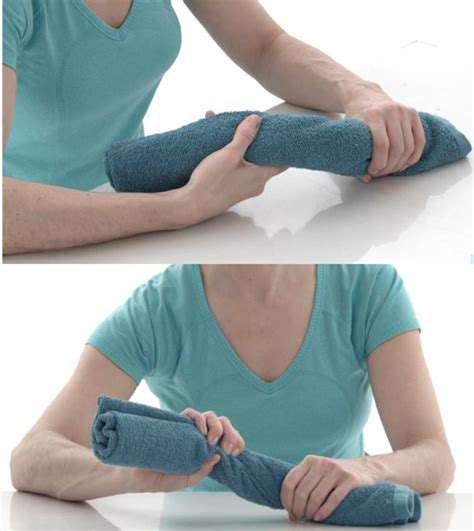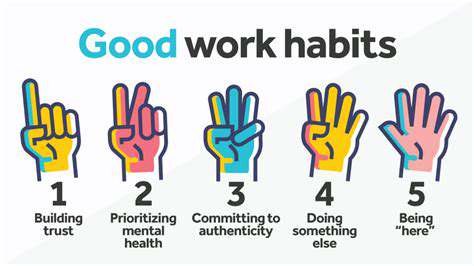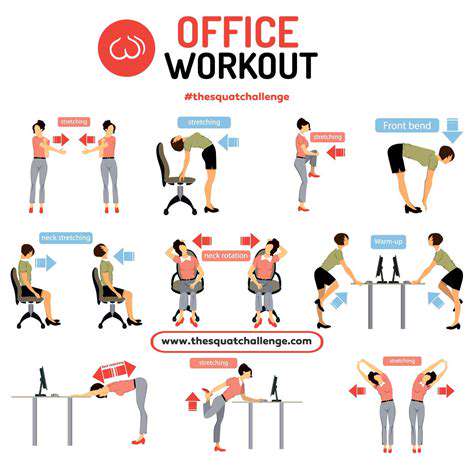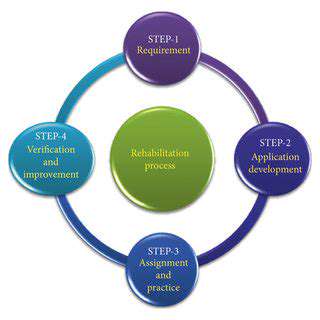Methods to Boost Hand and Wrist Strength
Beyond the Grip: Wrist Strengthening Techniques
Understanding Wrist Anatomy and Function
The human wrist represents an engineering masterpiece, where eight small bones interlock with precision through a network of ligaments and tendons. This remarkable joint system enables the diverse movements we often take for granted in daily life. Proper wrist function directly impacts our ability to perform everything from delicate tasks like writing to powerful actions like weightlifting. By studying wrist mechanics, we can develop targeted exercises that enhance capability while minimizing injury risks.
Targeted Exercises for Wrist Flexion and Extension
Mastering wrist flexion and extension forms the cornerstone of hand strength development. Traditional methods like wrist curls with light weights remain effective, but innovative approaches using resistance bands offer dynamic alternatives. The key lies in movement quality rather than quantity - slow, controlled repetitions with full range of motion yield superior results. These foundational exercises adapt easily to home environments, making them accessible regardless of fitness level or equipment availability.
Developing Grip Strength for Enhanced Control
Grip strength serves as the unsung hero of physical capability, influencing everything from opening jars to athletic performance. Modern grip trainers provide adjustable resistance, allowing progressive challenge as strength improves. Interestingly, grip endurance often proves more valuable than maximum strength for daily activities. Regular practice with these tools not only builds hand power but also enhances fine motor control, benefiting musicians, artists, and professionals alike.
Incorporating Wrist Strengthening into Daily Life
Strategic integration of wrist exercises into routine activities creates sustainable strength gains. Simple modifications like consciously gripping shopping bags more firmly or performing wrist circles during computer breaks can yield cumulative benefits. Even passive activities like reading present opportunities for isometric exercises using stress balls. This approach transforms mundane moments into valuable training sessions without requiring dedicated gym time.
Progressive Overload and Safe Exercise Practices
Effective strength development follows the golden rule of progressive challenge within safe parameters. Incremental weight increases of 5-10% per week allow steady adaptation while minimizing injury risk. Equally important is recognizing the difference between productive muscle fatigue and harmful joint pain. Quality trainers emphasize proper alignment over heavy weights, as correct form ensures targeted muscle engagement and protects delicate wrist structures.
The Power of Weight Training for Hand and Wrist Strength
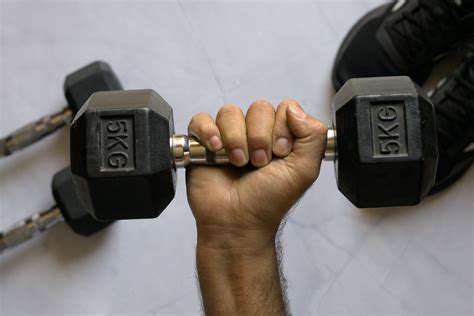
The Foundation of Strength
Weight training transcends aesthetic goals, serving as fundamental preparation for life's physical demands. The process of challenging muscles to adapt creates functional improvements that manifest in countless daily activities. Muscular development isn't merely about appearance - it's about creating a body capable of meeting challenges with resilience. This adaptive process boosts metabolism, improves posture, and forms the first defense against age-related muscle loss.
Beyond Aesthetics: Functional Gains
The true value of weight training emerges in its practical applications. Enhanced strength makes routine tasks like carrying children or moving furniture noticeably easier. Perhaps most importantly, these benefits compound with age, helping maintain independence when physical capability often declines. The bone density improvements from weight-bearing exercise provide crucial protection against osteoporosis, while enhanced balance reduces fall risks significantly.
Building a Sustainable Routine
Creating an effective training regimen requires balancing challenge with recovery. Beginners should focus on mastering basic movements before progressing to heavier weights. A mix of compound and isolation exercises ensures comprehensive development while preventing overuse injuries. Consistent, moderate effort outperforms sporadic intense sessions, both in results and long-term adherence. The psychological benefits of measurable progress often inspire broader personal growth beyond physical fitness.
Progressive Overload and Rest for Optimal Results
Understanding Progressive Overload
The science of progressive overload reveals that consistent, measured challenge drives physical adaptation. This principle applies remarkably to hand and wrist development, where small incremental increases yield significant functional improvements. The methodical approach prevents plateaus while respecting the body's adaptation timeline, making it equally valuable for rehabilitation and performance enhancement.
Gradual Increases in Weight or Resistance
Strategic progression in resistance training follows the two-for-two rule - when two additional repetitions become manageable at a given weight for two consecutive sessions, resistance increases by 5-10%. This systematic approach prevents the common pitfalls of overeager progression while ensuring continuous adaptation. For wrist exercises, micro-loading with fractional plates proves particularly effective for steady advancement.
Increasing Repetitions and Sets
Volume progression through added repetitions or sets offers an alternative to weight increases, especially beneficial for joint health. The double progression method combines both approaches - first increasing reps within a range (e.g., 8-12), then increasing weight while reducing reps. This dual approach maintains challenge while allowing connective tissues time to adapt to heavier loads.
Varying Exercise Types
Exercise variation prevents adaptation plateaus while developing comprehensive strength. Rotating between flexion, extension, radial and ulnar deviation exercises ensures balanced development. Unconventional tools like gyroscopic balls or hand therapy putty introduce novel challenges that traditional weights cannot replicate, stimulating new patterns of neuromuscular coordination.
Importance of Rest and Recovery
Muscle grows during recovery, not training - this fundamental principle underscores rest's importance. The 48-hour rule for small muscle groups like hands and wrists prevents overtraining while allowing complete recovery. Active recovery techniques like contrast baths (alternating warm and cold water immersion) can enhance circulation and reduce soreness between sessions.
Incorporating Rest Days into Your Routine
Strategic rest integrates with training through periodization - planned cycles of intensity and recovery. For hand training, a 3:1 ratio (three workout days followed by one rest day) often proves optimal. Listening to physiological signals like persistent soreness or performance drops prevents overtraining, ensuring long-term progress without burnout or injury.
Combining Progressive Overload with Proper Form
The most effective progression maintains impeccable form throughout. The form first philosophy prioritizes quality movement over quantitative increases. Video analysis or trainer feedback helps identify subtle form breakdowns that often precede injury. Remember: perfect practice makes perfect - compromised form teaches the body incorrect movement patterns that ultimately limit progress.
